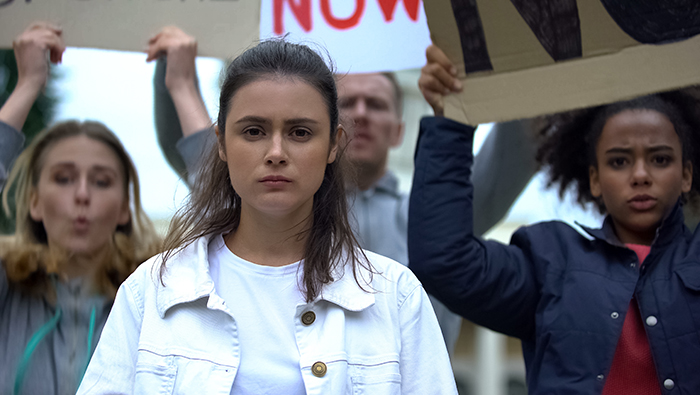This month, the National Labor Relations Board (NLRB) issued a decision allowing employees of contractors to engage in protected concerted activity in the workplace. Specifically, the NLRB’s decision overturns Bexar County I, 368 NLRB No. 46 (2019) and reestablishes the previous standard originally set forth in New York New York Hotel & Casino, 356 NLRB 907 (2011). Contracting employers need to consider the implications of this decision and other obligations under the National Labor Relations Act (NLRA) before prohibiting unionizing or protected concerted activity in the workplace. Earlier, the NLRB’s General Counsel Jennifer Abruzzo issued a memo protecting employees from electronic surveillance.
History of the National Labor Relations Board and the NLRA
Created in 1935 with the passage of the NLRA, the NLRB is an independent federal agency. Chiefly, the NLRB protects all employees’ rights, under the NLRA. These include the right to organize and to determine whether to have unions represent them during collective bargaining. In doing so, it ensures employees can work together to improve their wages and working conditions. Rights under the NLRA apply to most employees, whether the workplace is unionized or non-unionized. Meanwhile, the NLRB’s statutory jurisdiction covers private-sector employers whose interstate commerce activities exceed specified minimum levels, variable by business type. Coverage is similar to that of the Fair Labor Standards Act (FLSA), one of five employment laws business need to know.
Additionally, the NLRB prevents private sector employers and unions from discriminating, retaliating, or otherwise instituting unfair labor practices. Under Section 8(a)(1) of the NLRA, employers may not interfere with, restrain, or coerce employees in the exercise of their rights to engage in protected concerted activity. For example, employers may not do the following:
- threaten employees with adverse consequences if they engage in protected concerted activity;
- prohibit employees from talking about the union during working time if they are normally permitted to talk about other non-work-related subjects during work hours; or
- deny off-duty workers access to outside nonworking areas of your property unless legitimate business reasons justify it.
Background of the Case
In Bexar County I, the Tobin Center for the Performing Arts (the Contractor) prohibited members of the San Antonio Symphony (the Employees) from accessing a sidewalk in front of the Tobin Center to engage in protected concerted activity. Specifically, the union activity included informational leafletting to the general public. In the original decision, the NLRB found the Contractor’s conduct lawful and dismissed the complaint. In doing so the NLRB balanced the interests of employees to engage in protected concerted activity with the employer’s right to control the use of its own property.
Decision on Protected Concerted Activity in the Workplace
The NLRB’s new decision in Bexar County II, effectively, restores the rights of employees of contractors to engage in protected concerted activity in the workplace. In the case, the U.S. Court of Appeals D.C. Circuit found that the previous standard had been inconsistently applied and sent Bexar County I back to the NLRB for reconsideration. Consequently, the NLRB abandoned the previous standard and returned to the standards established by New York New York Hotel & Casino 356 NLRB 907. The NLRB concurred with the D.C. Circuit Court, reasoning that Bexar County I undermined contractor employees’ rights to engage in protected concerted activity without any rational justification on the employer’s part. As a result, property owners may only prohibit employees of its contractors from engaging in union activities in the workplace if it would significantly interfere with the property’s use or when justified by a legitimate business reason.

